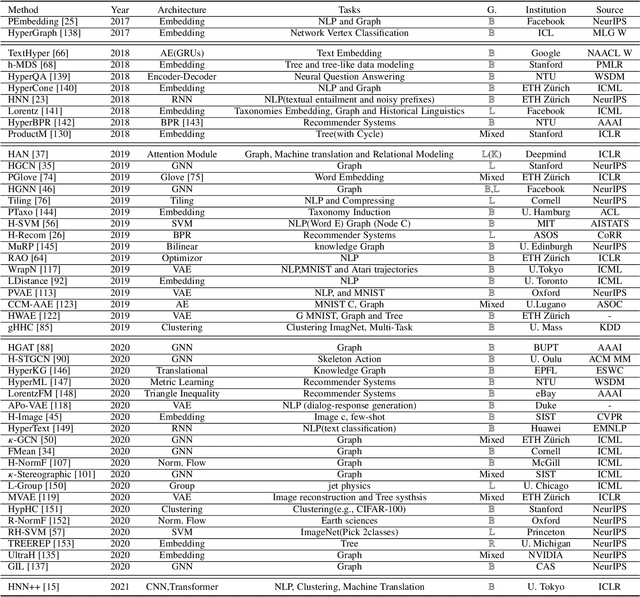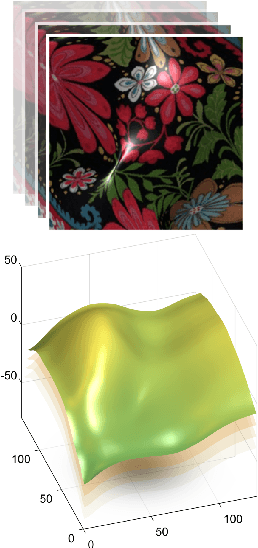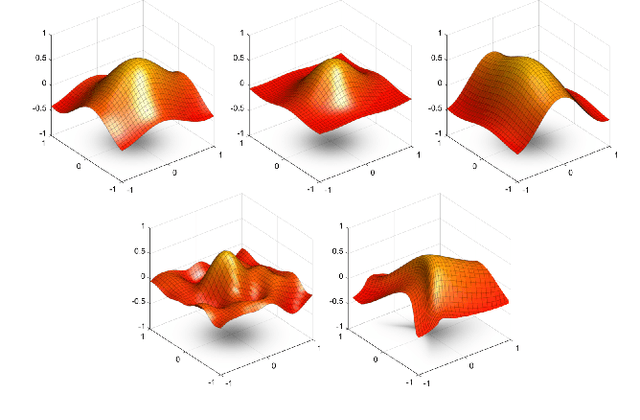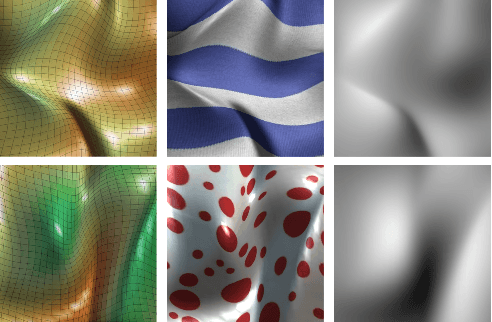Abdelrahman Mostafa
Hyperbolic Deep Neural Networks: A Survey
Jan 14, 2021



Abstract:Recently, there has been a raising surge of momentum for deep representation learning in hyperbolic spaces due to theirhigh capacity of modeling data like knowledge graphs or synonym hierarchies, possessing hierarchical structure. We refer it ashyperbolic deep neural network in this paper. Such a hyperbolic neural architecture potentially leads to drastically compact models withmuch more physical interpretability than its counterpart in Euclidean space. To stimulate future research, this paper presents acoherent and comprehensive review of the literature around the neural components in the construction of hyperbolic deep neuralnetworks, as well as the generalization of the leading deep approaches to the Hyperbolic space. It also presents current applicationsaround various machine learning tasks on several publicly available datasets, together with insightful observations and identifying openquestions and promising future directions.
Learning non-rigid surface reconstruction from spatio-temporal image patches
Jun 18, 2020



Abstract:We present a method to reconstruct a dense spatio-temporal depth map of a non-rigidly deformable object directly from a video sequence. The estimation of depth is performed locally on spatio-temporal patches of the video, and then the full depth video of the entire shape is recovered by combining them together. Since the geometric complexity of a local spatio-temporal patch of a deforming non-rigid object is often simple enough to be faithfully represented with a parametric model, we artificially generate a database of small deforming rectangular meshes rendered with different material properties and light conditions, along with their corresponding depth videos, and use such data to train a convolutional neural network. We tested our method on both synthetic and Kinect data and experimentally observed that the reconstruction error is significantly lower than the one obtained using other approaches like conventional non-rigid structure from motion.
 Add to Chrome
Add to Chrome Add to Firefox
Add to Firefox Add to Edge
Add to Edge